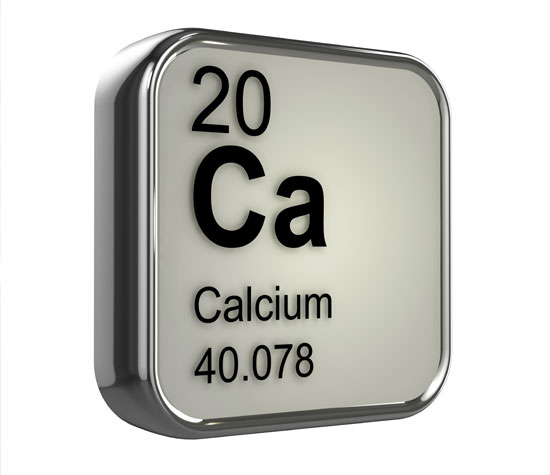Page Contents
OVERVIEW
This page is dedicated to discussing how to manage hypercalcemia. This condition is characters by elevated calcium in the serum. Guides on managing other electrolyte abnormalities can be found here.

NUANCE IN MEAURING SERUM CALCIUM LELVES
Hypercalcemia refers to lower levels of calcium in the serum. THERE IS SOME NUISANCE IN DECIDING IF A PATIENT HAS HYPERCALCEMIA.
Serum levels of calcium:
The reference range for total serum calcium is 8.5-10.5 mg/dL. Using this reference patients with a total serum calcium < 10.5 mg/dL are considered to have hypercalcemia. HOWEVER because much of the serum calcium is protein bound (principally to albumin), the above reference range for total serum calcium assumes that the patient has a normal level of albumin in the serum (~ 4.0 g/dL). For patients who have an abnormal amount of albumin a corrected level of calcium must be used to evaluate for hypercalcemia.
Corrected levels of calcium (relative to albumin):
Each 1 g/dL change in albumin in a patient’s serum will result in ~0.8 mg/dL change in total serum calcium (a decrease in albumin will decrease calcium and vice versa). This is because much of the calcium in the serum is actually bound to albumin. For this reason any patient who is suspected to have a calcium abnormality must also have their albumin levels evaluated. Patients with abnormal albumin levels must have their calcium corrected to accurately assess for hypercalcemia. The below formula can be used (often 4.0 g/dL is used as the normal albumin value):
Calcium = Serumcalcium + 0.8 * (Normalalbumin – Patientalbumin)
Online calculators also exist to make this process easier.
Ionized calcium:
If there is confusion regarding the diagnosis of hypocalcemia, serum ionized calcium (free calcium) can also be measured. It is important to note that the affinity of calcium for albumin is increased in the presence of alkalosis (which will decrease the amount of free calcium present). The reference range for ionized calcium is ~ 4.4-5.4 mg/dL.
OPTIONS FOR MANAGING THIS ELECTROLYTE ABNORMALITY
In the case of hypercalcemia there are finite options that can be utilized to correct the issue. These options are listed below:
- Intravenous isotonic saline (normal saline): this can be given to expand ECF, increase urine flow, and enhance calcium excretion (to lower serum calcium levels).
- Furosemide: this diuretic can increase urinary excretion of calcium.
- Hemodyalisis may be required for patients with medication refractory hypercalcemia or primary hyperparathyroidism.
SPECIFICS REGARDING ELECTROLYTE CORRECTION
Target:
Page Updated: 01.28.2017